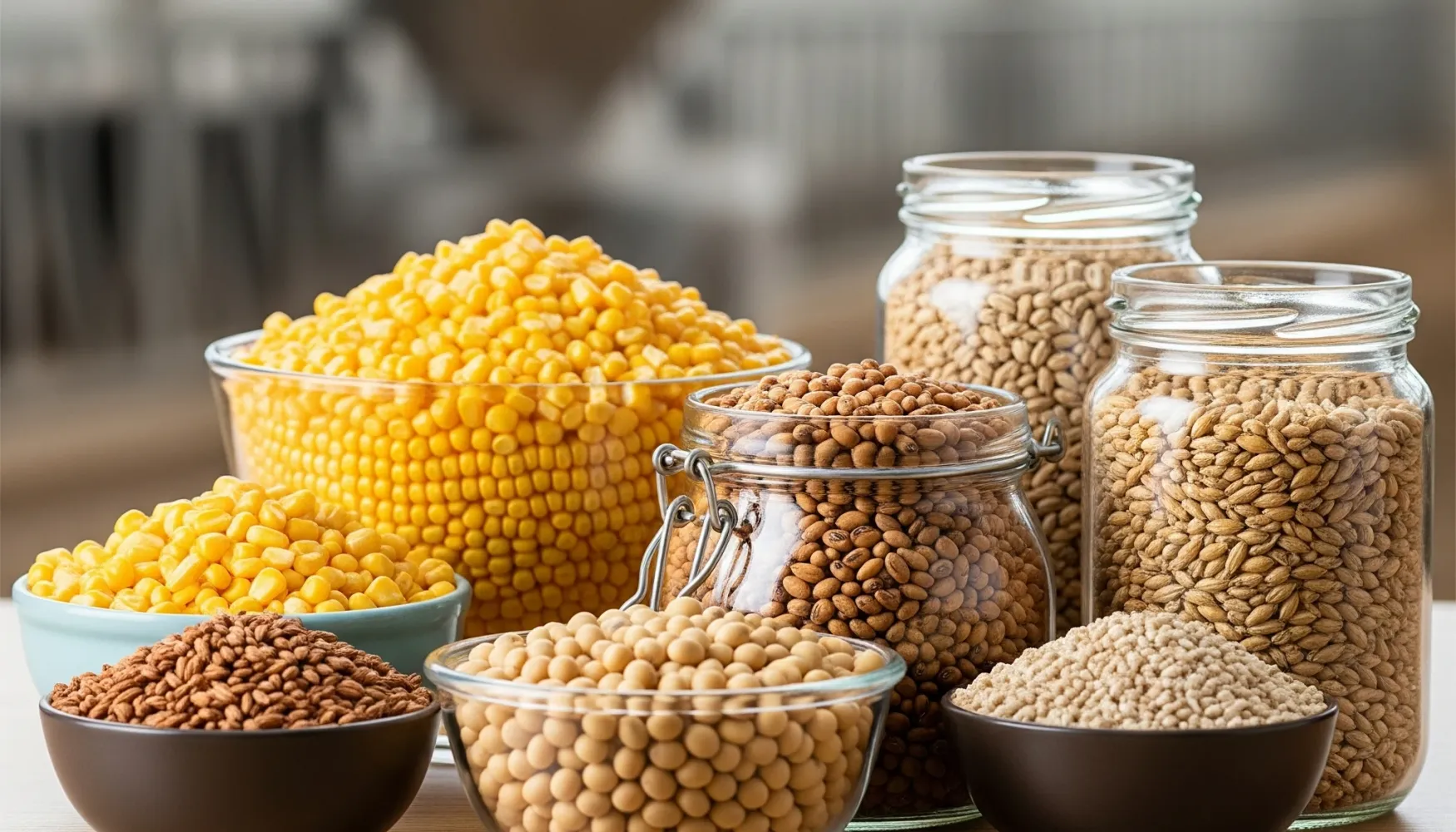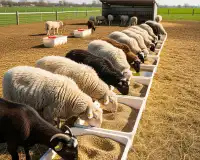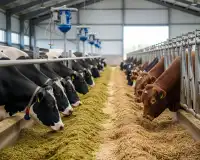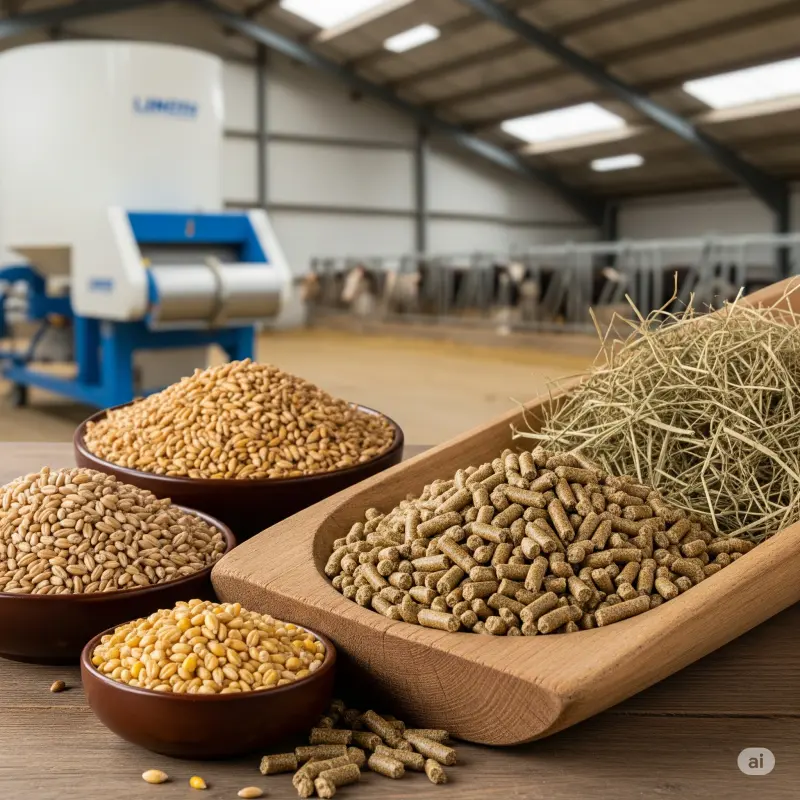Compound Feed Formulation Guide for Beginners
Want to prepare the best feed for your animals? Learn the basic steps and important points of compound feed formulation simply for beginners. This guide includes tips on choosing the right raw materials and balanced nutrition according to animal type!

Compound feed formulation is an intriguing and highly important topic in animal nutrition. If you are involved in animal husbandry or are looking for better feeding methods for your animals, you are in the right place. In this guide, we will simply explain the basic steps of compound feed formulation and important points you need to know for beginners.
What is Compound Feed Formulation?
Compound feed formulation is the process of preparing a feed mixture that contains all the necessary nutrients (protein, energy, vitamins, minerals, etc.) in specific proportions for healthy growth, development, and productivity of animals. This process varies depending on the animal's age, species, production level, and even environmental conditions.
Why is it Important?
A balanced compound feed increases animals' resistance to diseases, optimizes their growth rates, and improves the quality of products such as meat, milk, or eggs. Incorrectly formulated feeds, on the other hand, negatively affect animal health and lead to economic losses.
Basic Steps:
1. Determine the Animal's Needs: The first step is to determine the species, age, live weight, and production goal (meat, milk, eggs) of the animal you will be feeding (e.g., chicken, cattle, sheep). Each animal has different nutrient requirements.
2. Know Your Raw Materials: Many different raw materials are used in compound feeds. These raw materials have different nutritional values. Here are some common examples:
Raw Material | Main Nutritional Value | Example Use |
Corn | Energy | Poultry and cattle feed |
Soybean Meal | Protein | For all animal species |
Sunflower Meal | Protein, Fiber | Cattle and poultry feed |
Wheat | Energy | Poultry and cattle feed |
Barley | Energy, Fiber | Ruminant feed |
Lentil Straw | Fiber, Roughage | Ruminant feed |
Calcium Carbonate (Limestone) | Calcium | Mineral supplement |
DCP (Dicalcium Phosphate) | Phosphorus, Calcium | Mineral supplement |
Premix | Vitamins and Minerals | Added to all feeds |
3. Formulate: You should create a mixing ratio based on the determined needs and the nutritional values of the raw materials you have chosen. You can start with simple formulas initially and create more complex ones as you gain experience. Using feed formulation software or seeking help from an agricultural engineer/animal nutrition specialist will be very beneficial in this process.
4. Mixing and Quality Control: It is very important to homogeneously mix the raw materials you have prepared. Afterwards, you can have analyses done to check whether the nutritional values of the feed you have prepared are at the targeted levels.
Tips for a Successful Formulation:
Always use fresh and quality raw materials.
Do not overlook your animals' water needs; they should have continuous access to clean water.
Make feed changes slowly; sudden transitions can cause stress in animals.
Do not hesitate to seek support from experts (veterinarian, agricultural engineer).
Compound feed formulation is a field that requires patience and knowledge. However, once you understand the basic principles and get support from the right sources, you can ensure the best nutrition for your animals and increase their productivity. We wish you success!












